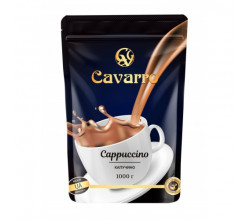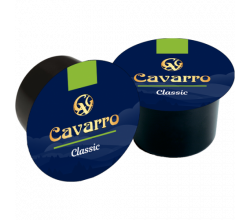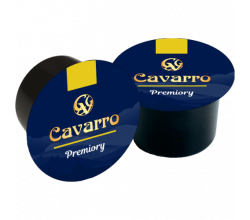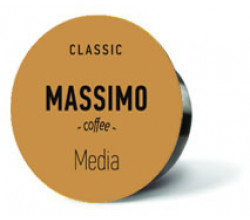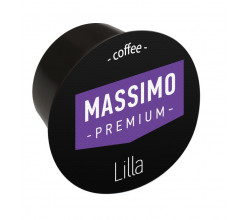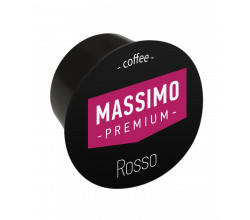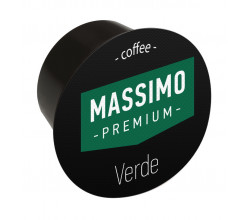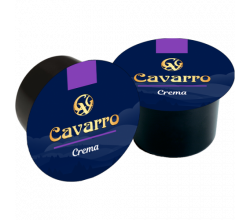Coffee
Interesting facts about coffee
Coffee beans are seeds from the fruits of a coffee tree. In appearance, these are reddish round fruits, inside of which, as a rule, two grains are contained. It is difficult to say exactly when exactly people began to prepare a drink from them, but, according to legend, the ancestors of the Oromo people, in the territory of modern Ethiopia, in the Kaffa region, were among the first to do this. If we turn to history, the first mention of coffee is found in sources of the 15th century from Yemen. People toasted the grain and prepared the drink in much the same way as it does today. By 1600, coffee reached the shores of Europe, spread to Italy, and then on. In the second half of the 18th century, coffee became popular in America, and achieved unprecedented recognition during the Revolutionary War. The fact is that tea was usually supplied by English merchants, and at the height of the war with England, drinking this drink was considered unpatriotic. In the second half of the 19th century, many South American countries mastered the production of coffee, meanwhile the demand for it is growing both in Europe and in America, where coffee consumption doubled between 1860 and 1920. Coffee is becoming not only a pleasant drink, but also an important economic unit and an important export product for many countries in Africa and South America.
Today there are a huge number of varieties of coffee and even more options for their classification. But the main ones are:
- Type of coffee (don't confused with the variety). By it most often mean arabica or robusta. So, arabica more often costs more in the coffee market, but this does not always mean a higher quality of the final drink. Read more about the myths about robusta and arabica in our Instagram profile (https://www.instagram.com/p/B9M0aRhoVJI/).
- Region of origin. It is not only about the country, but also about a specific area, sometimes very small. It's like with wine: the same grape variety turns into completely different wines, depending on growing conditions and climate.
- Height. As a rule, this parameter is important for professionals, but manufacturers like to indicate it on the packaging. The fact is that the taste of grain may depend on altitude. So, arabica, growing at high altitude, receives less oxygen, the plant develops more slowly, which means it gives a denser and richer grain.
- Processing method. Beans can be processed in the so-called “wet” or “dry” way. Dry processing is the easiest. Coffee berries are dried on a branch or in the sun after harvest. After about a month, they are passed through special machines to separate the husk from the beans. The wet method is more complicated. The fruits are picked by hand, selecting them by size and ripeness, then they are carried in baskets to the foot, and at special sorting stations they are lowered into large containers with water. At this stage, branches, foliage, unripe berries are separated. Then the pulp is removed from them, so that only the beans remains. Finally, the beans are left to ferment in large tanks with water. During this time, an excess shell leaves them, and they are ready to dry.
- Beans size. There are many myths about this criterion. So, it often seems to the consumer that large beans are tastier. A logical assumption, because it is usually higher in cost. But it’s not about taste. The secret is that it is easier for producers to work with large beans, respectively, and its cost is higher. It doesn’t affect the taste.
- Beans density. As already mentioned, it is believed that grains growing at high altitudes give a richer taste. However, not all experts agree on this point. Such coffee is usually more expensive, and it’s worth looking at the quality of beans in the aggregate of parameters; one density will not tell you much about the taste of the future drink.
- Roasting. There are a lot of types of frying. Here, the usual light, medium and dark roast, and more exotic options like the “Vienna” or “urban”. What do they mean in practice? As a rule, light or light-roasted grains produce a drink with a higher acidity and a large amount of natural plant aroma. But dark roasted grains give an intense and rich taste, while also opening up the natural sweetness of the grain. More slightly roasted beans of this category have a particularly bright aroma and taste, while the darkest of them lose all acidity and may have a burnt taste.
The degree of roasting also varies from country to country. So, in Italy, Spain and Portugal, roasting is traditionally darker. Some Spanish roasters may be almost black in appearance. In the USA, the roasting line is quite wide, from light Cinnamon roast (the color of the grain resembles a cinnamon stick) to Continental (quite dark).
Experiment, taste coffee and learn more about it. It is useful for every consumer, and just interest

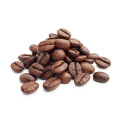



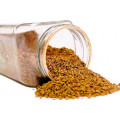
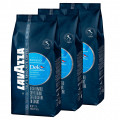
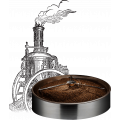


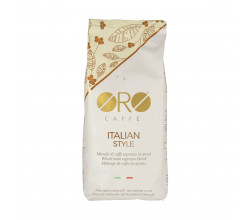
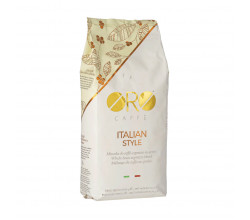
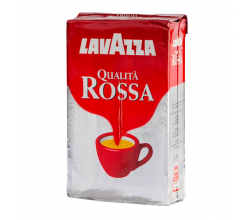
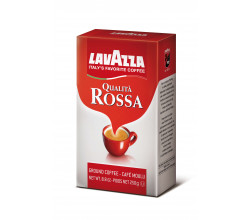
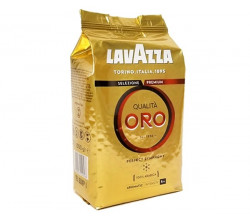
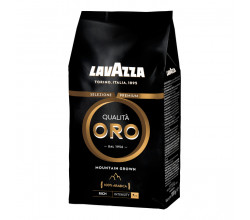

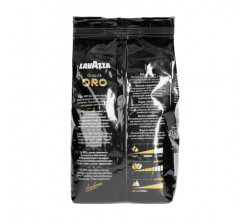
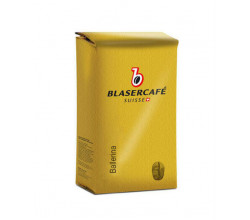
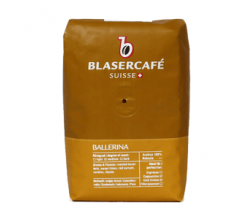
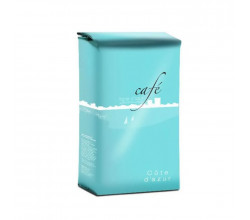
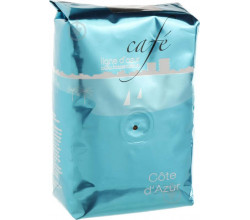

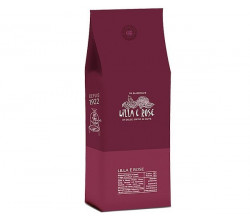
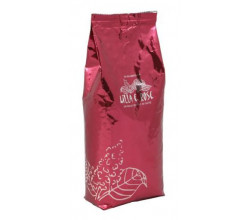
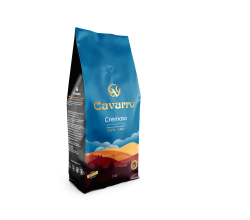
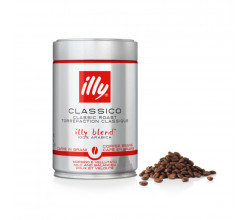
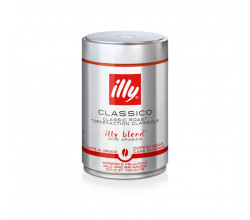
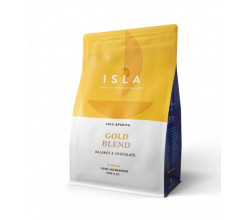
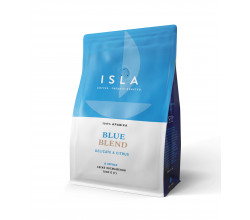
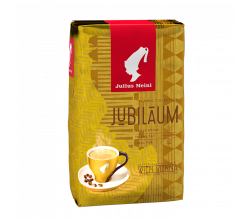
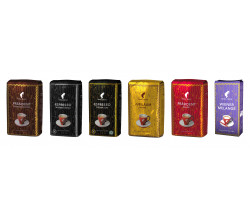
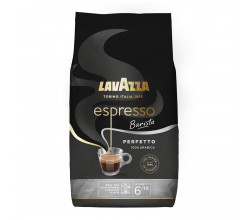
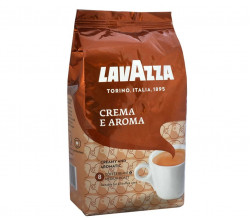
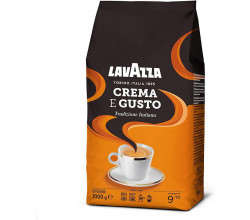
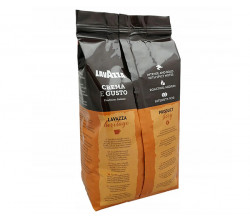
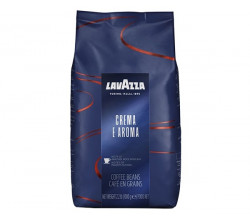
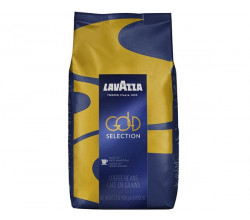
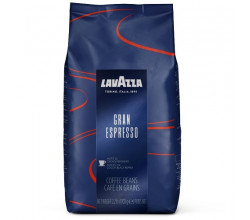
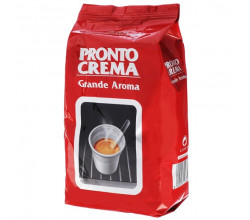
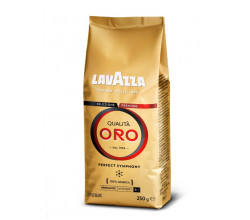
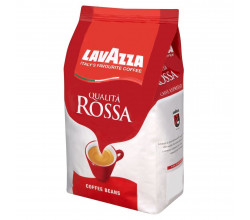
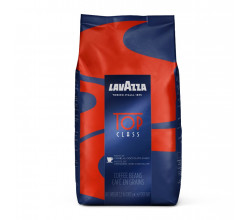
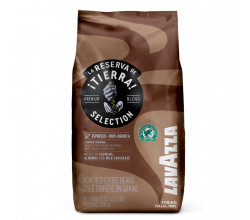
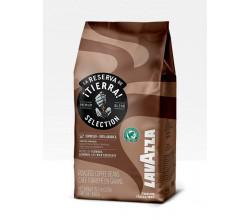


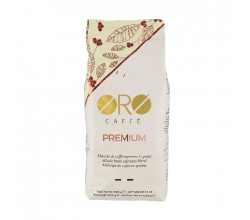

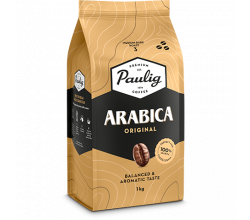
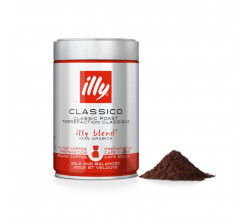

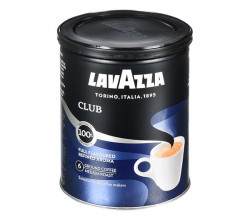
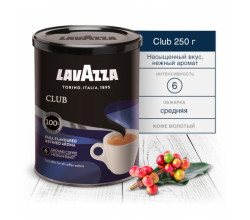
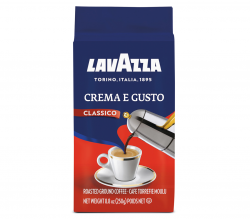
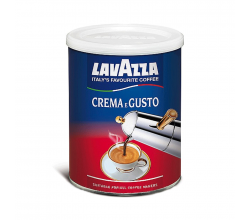
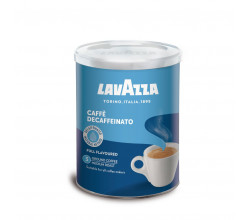
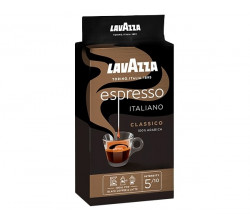
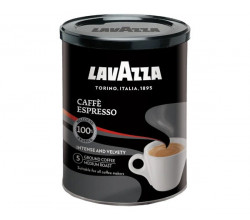
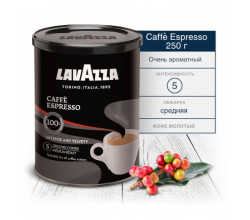
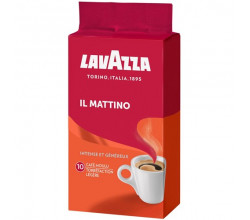
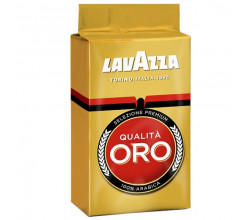
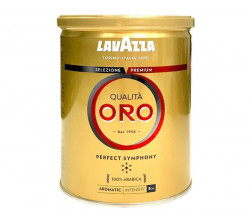
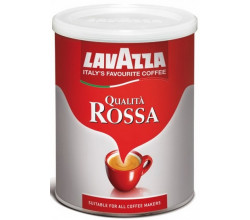

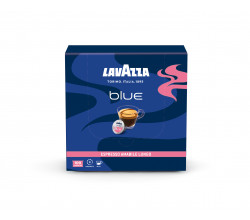
-250x220.png)

